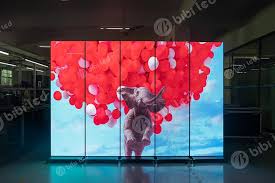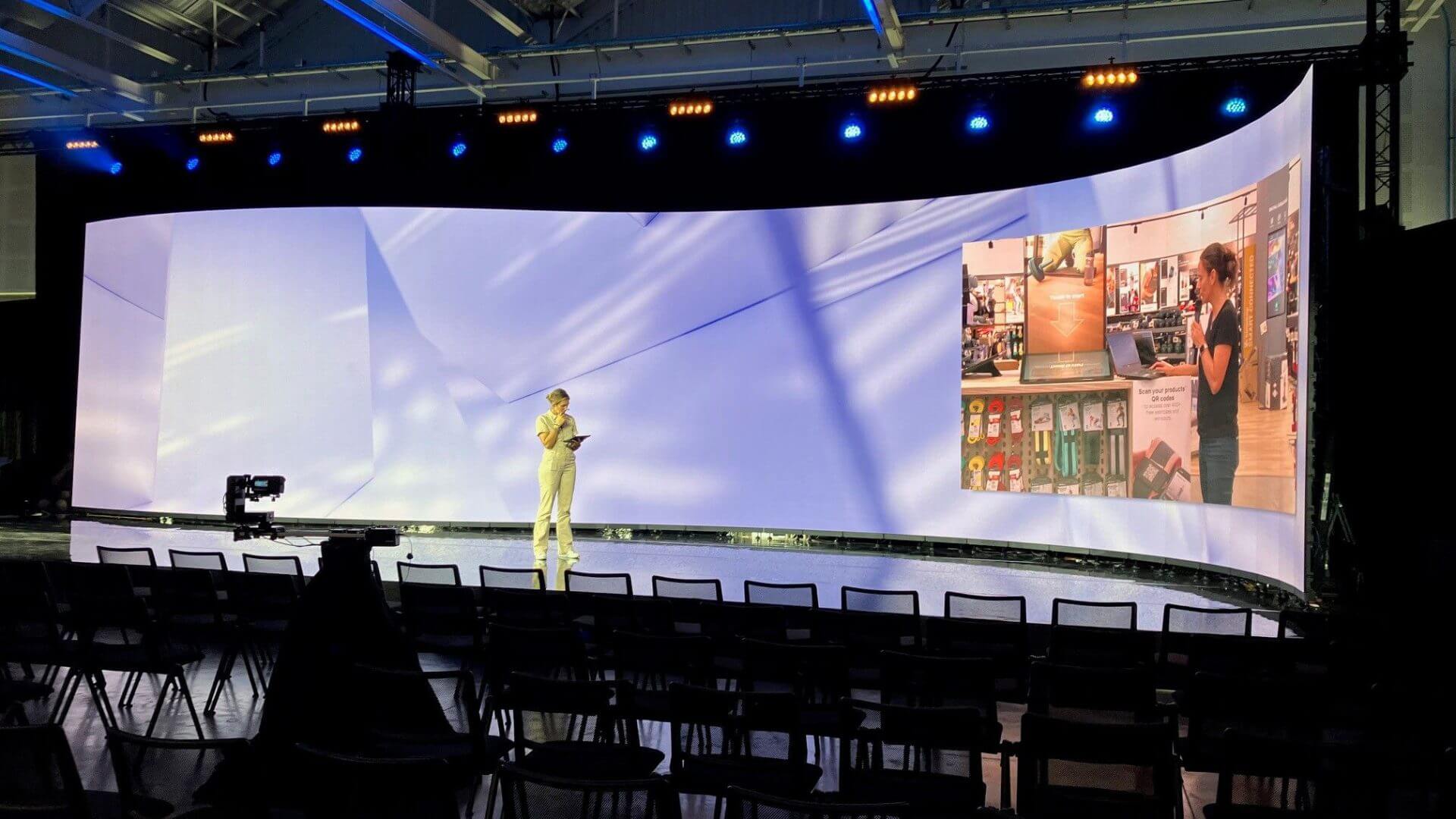Introduction
Software technology has come a long way since its inception. From the first punch cards to the current era of cloud computing and artificial intelligence, software technology has revolutionized every aspect of our lives. In this article, we will take a journey through the decades, exploring the evolution of software technology and the major developments that have shaped it.
The 1950s-1960s: The Dawn of Computing
The 1950s and 1960s were marked by the development of the first computers. At this time, software development was done using punch cards, and programming languages like FORTRAN and COBOL were just being invented. In 1958, the first high-level programming language, Lisp, was created by John McCarthy. These early languages were used primarily for scientific and mathematical computations.
The 1970s: The Emergence of Personal Computing
The 1970s marked the emergence of personal computing, with the introduction of the first microprocessors. This gave rise to the development of operating systems like UNIX and programming languages like C. These languages became the backbone of the software industry and are still widely used today. The 1970s also saw the development of the first email system, which revolutionized communication.
The 1980s: The Era of Graphical User Interfaces
The 1980s saw the development of graphical user interfaces (GUIs) with the introduction of the Apple Macintosh and the IBM PC. This made computers more accessible to the general public, and the demand for user-friendly software grew rapidly. The decade also saw the rise of object-oriented programming (OOP), which allowed for the creation of more complex software systems.
The 1990s: The Internet Boom
The 1990s were marked by the explosive growth of the internet, which transformed every aspect of our lives. The development of the World Wide Web (WWW) made it possible to share information and connect with people all over the world. This led to the development of new programming languages like JavaScript and the emergence of new software development methodologies like Agile.
The 2000s: The Era of Mobile Computing
The 2000s saw the emergence of mobile computing with the introduction of smartphones and tablets. This led to the development of mobile operating systems like Android and iOS and the rise of mobile app development. Cloud computing also became mainstream, allowing for the development of web-based software applications. An international B2B marketplace is a platform that connects businesses from different countries and enables them to trade products and services online.
The 2010s: The Age of Big Data and Artificial Intelligence
The 2010s were marked by the explosion of big data and the emergence of artificial intelligence (AI). The growth of social media and the internet of things (IoT) generated massive amounts of data, which led to the development of new data analysis tools and technologies like Hadoop and Spark. The emergence of AI and machine learning allowed for the development of intelligent software systems that could learn and adapt to user behavior. A Chinese B2B platform is an online marketplace that connects businesses in China with domestic and international buyers, providing a platform for them to buy and sell goods and services.
The Future: Software Technology in the 2020s and Beyond
As we move into the 2020s and beyond, software technology is poised to revolutionize every aspect of our lives. The growth of cloud computing and the internet of things (IoT) will create new opportunities for software development. The emergence of 5G networks will allow for faster data transfer and the development of new mobile applications. The rise of blockchain technology will transform the way we handle transactions and data security.
Different Types Of Software Design Include:
Architectural design
This is the basic design, defining the overall structure of the system, its main components and their relationships to each other using architectural design tools.
High level design
This is a second design layer that focuses on how the system, with all its components, can be implemented as modules supported by the software stack. A high-level design describes the relationships between the data flow and the various modules and functions of the system.
Detailed design
This third design layer focuses on all the necessary implementation details for the specified architecture.
Modern software development
DevOps is an organizational approach to bringing IT operations and software development teams together. The term also describes the use of iterative software development practices that use automated and programmable infrastructure. See the full details in our ultimate DevOps guide.
Software licenses and patents
Typically, a software license gives the user the right to obtain one or more copies of the software without infringing the copyright. The license outlines the responsibilities of the parties to the agreement and may impose restrictions on how the software can be used. Software license terms and conditions generally include fair use of the software, limitations of liability, warranties, disclaimers, and protections if the software or its use infringe the intellectual property rights of others.
The license is generally for proprietary software, which remains the property of the organization, group, or individual that created it; or for free software, where users can run, study, modify and distribute the software. With an open source software license, users can run, copy, share and modify the software as freeware.
Over the past two decades, software vendors have moved from selling software licenses once to a software-as-a-service subscription model. Software vendors host the software in the cloud and deliver the software to customers, who pay for subscriptions and access the software over the Internet. While copyright law can prevent others from copying a developer’s code, copyright law cannot prevent them from independently developing the same software without copying it. A patent, on the other hand, allows a developer to prevent others from using the functional aspects of the software that the developer claims in the patent, even if he or she has developed the software independently.
In general, the more technical software is, the more likely it is to be patented. For example, a software product can be patented if it creates a new type of database structure or improves the overall performance and functionality of the computer.
Conclusion
Software technology has come a long way since its inception, and it continues to evolve at a rapid pace. From the early days of punch cards to the current era of artificial intelligence and cloud computing, software technology has revolutionized every aspect of our lives. As we move into the future, it is important to stay up to date with the latest








